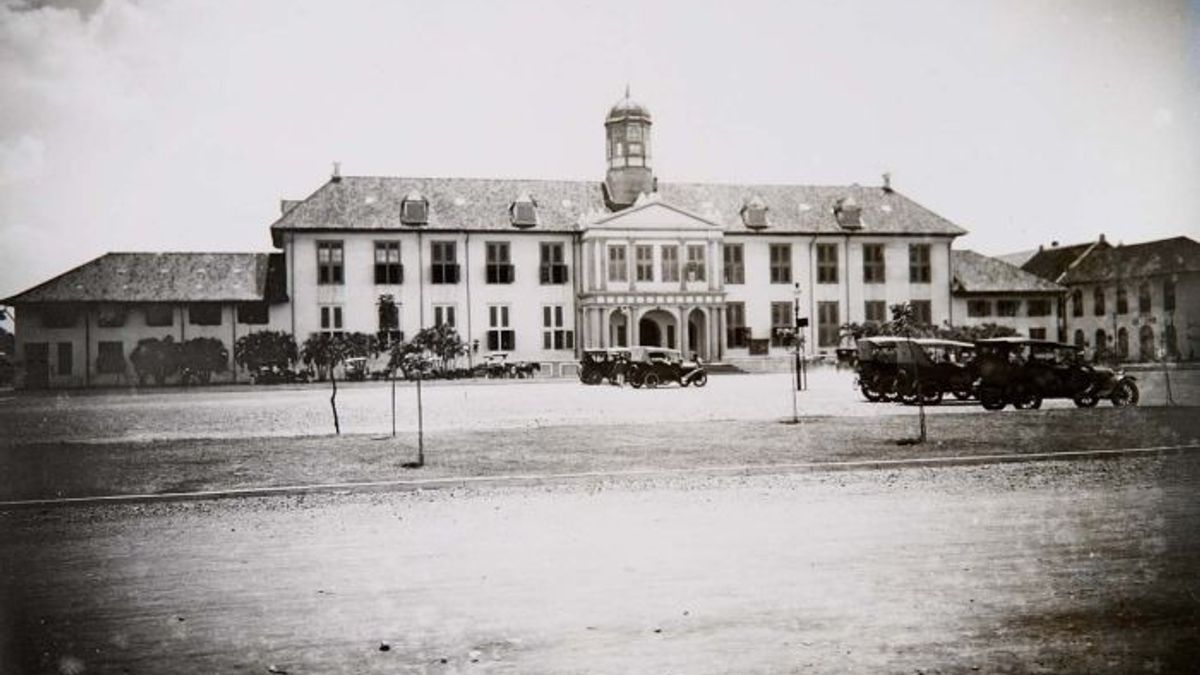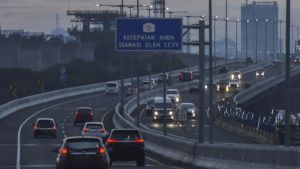JAKARTA - Batavia is often considered by the country to have mismanagement. In fact, since the beginning of Dutch colonialism. Urban development imitated urban planning in the Netherlands as the estuary. This condition provoked an unhealthy climate. Outbreaks come. Tropical disease is endemic. What's the condition of war?
The death toll fell. The Governor General of the Dutch East Indies, Herman Willem Daendels, wants to change it. He had the idea to move the capital city of the Dutch East Indies. However, what is the power, the lack of funds eliminates the dream of moving the capital city.
Away from his hometown, he often provoked longing. That's what the Dutch thought when turning Jayakarta into Batavia in 1619. The country, which originally belonged to the bumiputras, was immediately changed to imitate the city in the Netherlands. from the construction of large houses to canals. In order to cure the longing for the hometown.
The layout was made beautiful, not playing. Like Venezia from the East. This praise was often heard in the early days of the Dutch trading airline, the VOC. Batavia was used as a residential area for Dutch people who were quite comfortable to live in. Supporting infrastructure does not forget to be prepared as well as possible.
In fact, the development of Batavia resembling a city in the Netherlands is a mistake. Moreover, coupled with the life of the Dutch who only thought about profit, but ignored the environment. they rashly cut down forests and build factories.
The waste was not enforced carefully. As a result, disaster arose. Batavia's climate became unhealthy. The death toll from the Dutch fell. This condition lasted until the power of the VOC was changed by the Dutch East Indies government.
The Governor General of the Dutch East Indies, Herman Willem Daendels (1808 1811) was unlucky. He ran out of reason to tackle Batavia's unhealthy climate problems. Daendels prefers to blame his predecessor.
Company officials also try to throw mistakes, especially to nature: an unhealthy climate in a tropical country, lack clean water, formation in front of the river estuary as a result of volcanic eruption, Mount Salak in 1699. They rarely question the compensity's own policies, but instead tend to accuse their predecessors who have built the city by exemplifying the style of the Dutch city.
The reason he wanted to put forward was that the unhealthy conditions in residential areas were too densely exacerbated by the existence of the trenches. The foul smell of polluted water cannot be swept away by the wind because it is blocked by the rows of housing and trees," said historian Leonard Blusse in the book Persekuuan Aneh: Chinese, Women's Imposition, and the Netherlands in Batavia VOC (1988).
Herman Willem Daendels, who is known to be able to clean up the bureaucracy, has not moved to tackle the bad climate and disease outbreaks in Batavia. Instead of producing proper policies, Daendels prefers instant solutions like his predecessor.
Daendels stirred up the idea of moving the Dutch East Indies capital from Batavia to Surabaya or Semarang. He chose the two regions because they were considered to have a healthier climate. Moreover, the Dutch are predicted to be able to bring great benefits than forcing their lives near Sunda Kelapa.
Moving or dying. That's how the man nicknamed Mr. Galak echoed the relocation of the capital city. The desire to move the capital city is also considered important for security reasons. The position of the capital city near the Fish Market (Old City) is considered not strategic to avoid enemy attacks: England.
Far from fire, the plan to move the capital city to Central Java or East Java failed completely. Daendels realized that his government was short of funds. Donatur also doesn't have one. After all, the previous VOC power period left a large enough debt that must be borne by the Dutch East Indies government.
Not to mention the assets of the Dutch East Indies government, there are many corruptions. Meanwhile, the Dutch East Indies colonial government's cash is limited. Like it or not, Daendels relented. He chose the saving option while eradicating corruption among Dutch officials.
The capital city of the Dutch East Indies remains in Batavia. However, Herman Willem Daendels only shifted the capital city from Oud Batavia (Batavia Lama) to Nieuw Batavia (Batavia Baru): Weltevreden (now: the area around Lapangan Banteng) in 1809.
The shift could be realized because Daendels gave an order to destroy large amounts of government facilities in Batavia Lama. Then, the remains of the material from the destruction that is still good is used to build a new capital city. Everything is for the sake of savings.
They do not want to understand that tropical urban planning should be different from European urban planning and even Dutch urban planning. The city of Batavia is in the shape of an oval that is protected by a wall or city wall, and is equipped with a strong fort to the north, surrounded by slum canals that carry all kinds of garbage. Daendels did once intend to move the East East Indies capital from Batavia to Surabaya.
However, the plan was not carried out due to funds. However, since being in Batavmen and 20 years later, the old city and the fort that stood on the beach as entrances were leveled to the ground because militarily the building was no longer useful. In 1816, the construction of a new residential area to the south of the old city and around a place some time ago was named Champs de Mars (now: Monas Square), then Koningsplein (Medan Merdeka), also around the new Parapatan streets, "explained Bernard Dorleans in the book Indonesians & French People (2016).
The English, Chinese, Japanese, Arabic, and French versions are automatically generated by the AI. So there may still be inaccuracies in translating, please always see Indonesian as our main language. (system supported by DigitalSiber.id)









